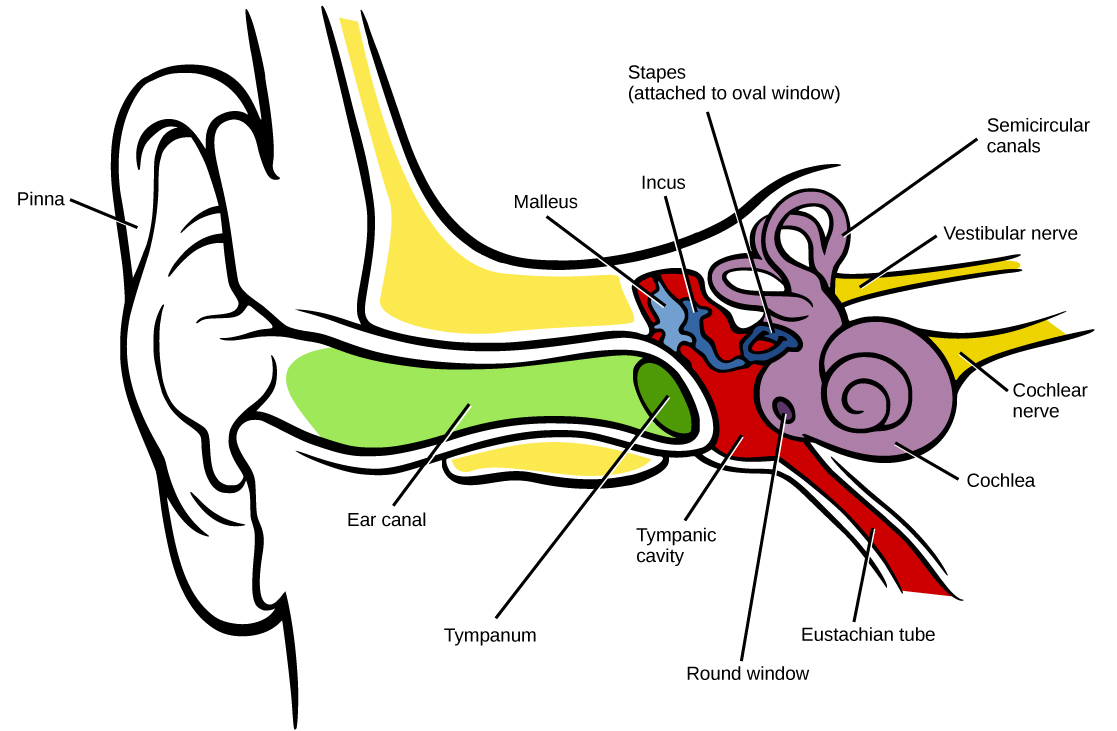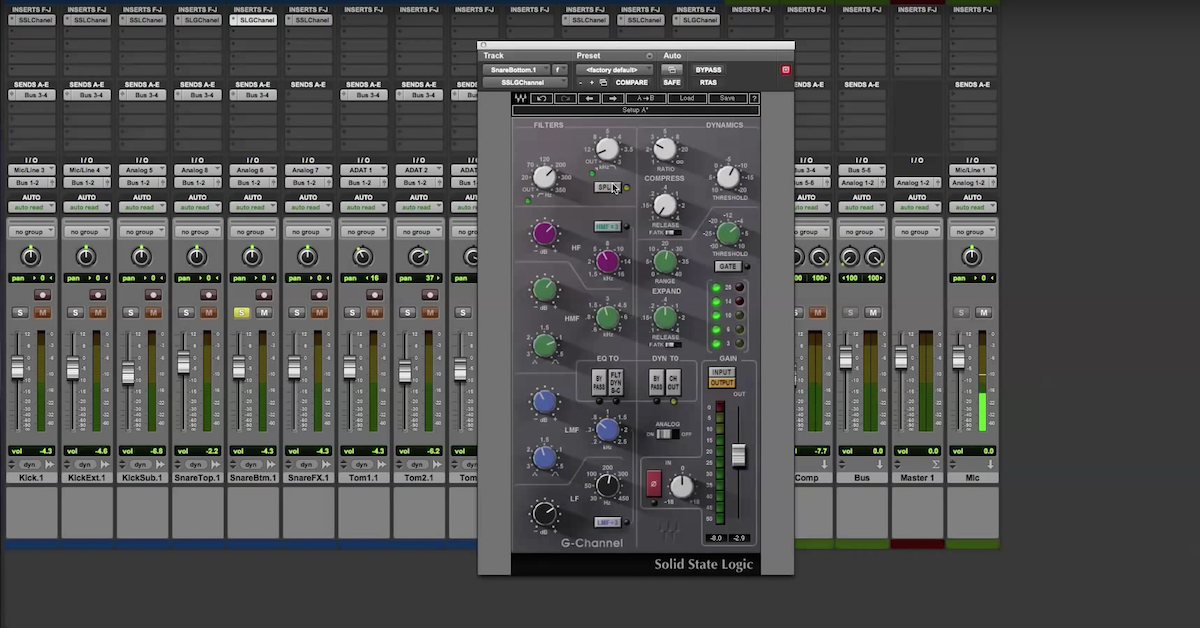3 Things to Know About the Signal Path of the Auditory System
Article Content
Many audio engineers obsess about their signal path. Whether it’s the type of microphone, the acoustics of a room, the type of preamp, the brand of converter, the order of compressor and equalizer, the cable, the response of the loudspeakers, etc.
If you’re a musician then you might agonize over your effects pedals, the strings on your instrument, the heads on your drums, the hammers on your piano, the reed on your woodwind, etc.
Every single part of the signal path is meticulously studied and chosen. The idea is to avoid any weak link that can negatively impact the whole system. The last thing anyone wants is for one component to compromise performance.
One thing that can be easily overlooked is the path of a signal between your ear and your brain. This part of the signal path is called your auditory system. Every sound you perceive passes through this system.
The signal path that a sound takes between your ear and your brain is very complex. There are many things that can happen along the way to change how you perceive a sound.
For this reason, I believe it is important to understand a few things about how the signal path of the auditory system can impact what you perceive.
1. Permanent Deterioration
All people experience hearing loss at relative levels throughout their life. As every audio engineer ages, aspects of their auditory system will permanently deteriorate.
Hearing loss is typically mild or moderate. More specifically, it is common for hearing loss to make it more difficult to perceive higher frequencies.
Nonetheless, any hearing loss will change how a signal passes through your auditory system.
Lesson: Be aware of hearing loss and consider it throughout your career. The onset of hearing loss can be delayed by avoiding exposure to loud sounds for extended periods of time.
2. Dynamic Range Compression of the Middle Ear
Besides the permanent, long-term changes that can happen to the auditory system, there are temporary, short-term changes that can influence what we hear.
One example of this is a mechanism built into your auditory system to protect against hearing loss.
Most people understand that sound enters through the “ear” (pinna) and then encounters the eardrum (tympanic membrane). This part of the auditory system is called the outer ear.
After the eardrum, sound enters the middle ear. Here sound vibrates very small bones called the ossicles. Besides simply passing the signal through the middle ear, the ossicles are also part of a subsystem that performs dynamic range compression if vibrations are too large.
Attached to the ossicles are two muscles: the tensor tympani muscle and the stapedius muscle. These muscles are a part of a “feedback” or “detector” system to perform compression. The stapedius muscle will dampen the ossicles when there are large vibrations in the middle ear. This has the function of protecting the auditory system against loud sounds.
This mechanism takes place for sounds that are louder than ~85 dB SPL. The purpose is to protect the subsequent parts of the auditory system from exposure to loud sounds. Therefore, if you listen to loud sounds, then your auditory system is going to essentially add an extra limiter to the signal path.
Lesson: Monitor at quieter levels to avoid this extra stage of dynamic range compression.
3. Pitch Perception of the Inner Ear
After sound passes through the middle ear, it reaches the inner ear. This part of the auditory system is primarily comprised of the cochlea. This is a small, spiral structure (picture a seashell).
One important function of the cochlea is to perform a frequency decomposition of sound. Conceptually this means that low frequencies stimulate the nerves that connect at one location of the cochlea and high frequencies stimulate the nerves at a different location.
Quiet sounds of a certain frequency create nerve firings at a very narrow region of the cochlea. The brain interprets the stimulation of this narrow region with a corresponding frequency.
Loud sounds of a certain frequency create nerve firings across a wider region of the cochlea. It has been found that the brain misinterprets the stimulation of the wider region with the wrong frequency. Therefore, pitch perception can be incorrect for loud sounds.
Lesson: Pitch perception is much more accurate at lower volumes. If you are performing a task that requires tuning/pitch matching/etc., then attempt this task at quieter volumes.

Conclusion
In conclusion, you should avoid listening to loud sounds. There are long-term and short-term reasons to do this.
If you know that you will be exposed to loud sounds, you should protect your hearing.
It is ridiculous that there is a stigma attached to wearing earplugs.
Staring at the sun can damage your eyes. But, people think wearing sunglasses is cool.
Almost everyone accepts that extended exposure to X-rays is bad. Would you tell your doctor/dentist that you would rather expose your internal organs to X-rays rather than wear the protective lead apron?
If you are going to sit on the beach all day, you know to put on sunscreen to keep your skin from getting burned.
The same thing should go for earplugs and loud sounds. Protect your hearing if you have any desire for the signal path through your auditory system to work properly.
Lastly, don’t forget that listening acuity can be improved. Your brain’s interpretation of sound can be improved through hearing training. Check out Quiztones for one way you can train your listening skills.





